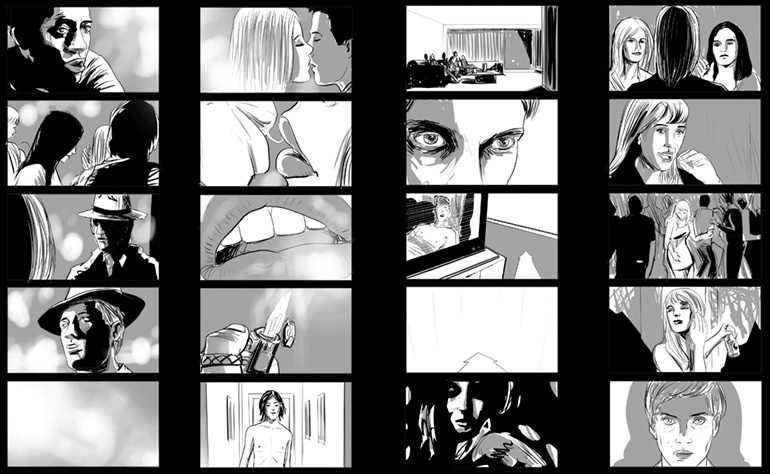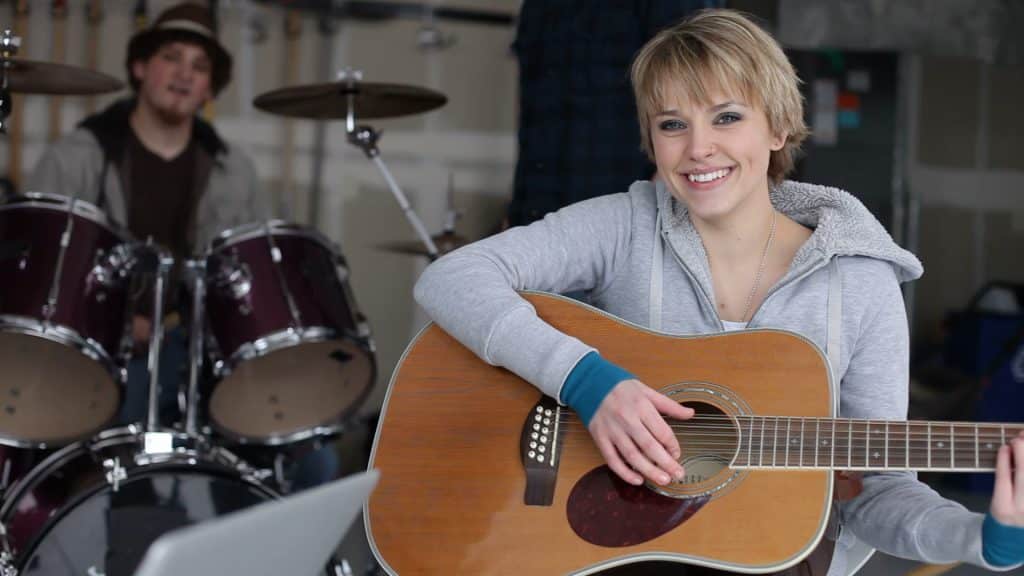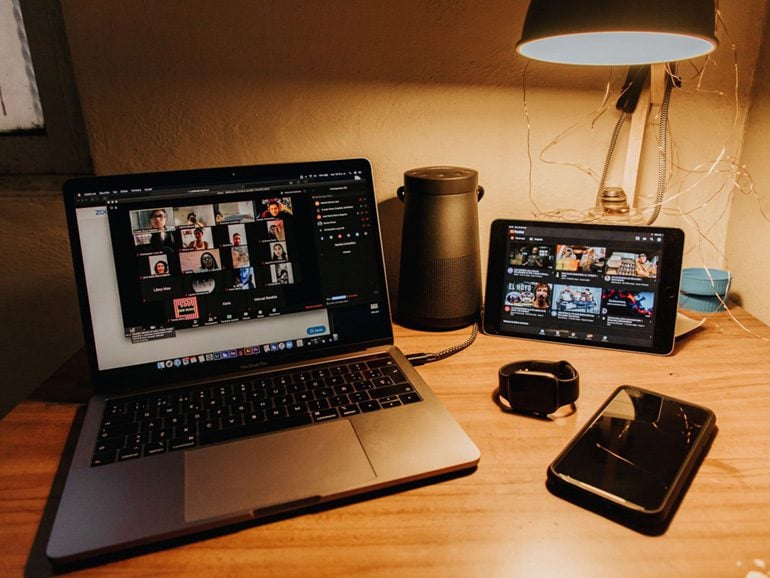StudentFilmmakers Magazine: What changes in storyboarding have you seen over the years?
Giuseppe Cristiano: There has been quite many changes in the business since I started up. One of the most important, of course, was the introduction of computers, the evolution of tablets and digital screens and, of course, the internet. My source for references and images back in the days was the local library or the magazine store where I would buy specialized publications everytime I had a job, for example, that needed me to draw horses, cars, and special vehicles.
Of course the format changed over the years. From film to digital, and that revolutionized the filmmaking process. The TVC format changed not only in length but also in size. Often these days, for example, we draw vertical frames for social media, while in the beginning for television and music video, the standard format we used was 4:3.
But going deeper, what has become more and more interesting is how stories are built and filmed, the continuity, the post-production process, F/X, and the brainstorming sessions with directors often looking at new techniques. It’s always a challenge, and there is always something new to learn.
StudentFilmmakers Magazine: What was one of the most important things you learned storyboarding for a film production?
Giuseppe Cristiano: I think, for me, was the hierarchy of a film production. Who is who, their roles. To understand the process better, it made sense to me to know how a movie was actually made. So, in the beginning, and because I am very curious by nature, I would always study stuff and would ask a lot of questions. I learned how to write scripts. In fact, I started up as a scriptwriter for comics in the very beginning of my career, so I always had a thing for storytelling. To me, in order to be able to do a good job, I must understand the directors’ visions, so I need to know what they like, their favorite movies, etc.
StudentFilmmakers Magazine: What was the most challenging problem solved?
Giuseppe Cristiano: It’s when we work on scripts that are not finished yet or under revisions. Because of production schedules, sometimes we need to get a start even though we don’t have locations yet. Those are situations that often lead to a lot of revisions and rework of the script. It can happen that while we are doing the boards, we might find out that something might not be working, and then we need to fix the narrative, create new scenes or connect scenes in order to make sense. In commercials, probably the most challenging boards are the ones with dance choreography. I don’t usually get any choreography at all, just a line in the text saying that the characters are dancing. I am not a dancer, so you can imagine how hard that can be.
StudentFilmmakers Magazine: If you could share a piece of advice for students and aspiring storytellers around the world, what would they be?
Giuseppe Cristiano: A lot of storyboard artists I know, they only draw when they have a job, so definitively, I would recommend to draw more, practice makes perfect. Then, I also think watching as many movies as one can, not just the most recent and popular, but to dig into classics, and perhaps, go through the filmography of famous directors to understand their evolution. Today everything is at reach, just a simple search on the internet and one can find so much.
Giuseppe Cristiano, former comic artist and scriptwriter has been drawing storyboards for almost two decades. He freelances for advertising agencies and film production companies in Europe and USA. During the years he has written and published several books and manuals making him the only artist who has written the most books about Storyboard in the whole World – up to today 7 titles for well known international publishers such as Thames & Hudson, Barron’s, and Michael Wiese Productions. Some of his books are currently used in Colleges and Film Schools where occasionaly he does lectures. In Sweden, he has been giving classes and workshops at Dramatiska, Bergs, Medieskolan, Forsbergs, Konstfack, and Karlstad University. His experience varies from Animation, Music Video, Advertising, Feature Film, Video Games, Events and more. He also produces concept art, design, illustrations for print and magazines.
www.giuseppecristiano.com
www.framingfilms.com








